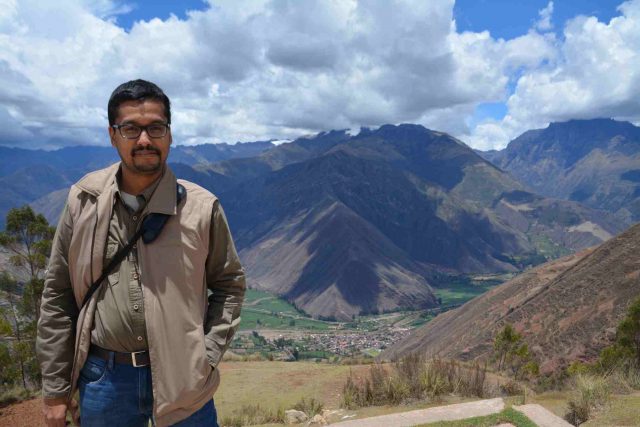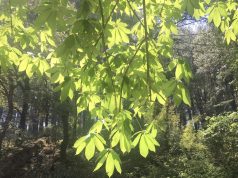Around the World with the Most Travelled Indian
 By Nitin Gairola
By Nitin Gairola
The inner Tintin in me couldn’t resist this title since I grew up on the very limited collection of 24 Tintin classics of Herge, the iconic cartoonist and creator of this Belgian ‘national hero’ (someone as revered as Sherlock Holmes is in England). Both are of course not real people from history, but nonetheless have statues and entire museums dedicated to them, which tells you the power of storytelling. I suppose we all can relate to them in some way as I relate to Tintin, the adventurer & reporter.


overnight buses
‘Tintin in the Land of the Incas’ could well have been the title of one of Herge’s classics but he did have ‘The Temple of the Sun’, named on the actual ‘Temple of the Sun’ in Cusco. It is quite something that Herge decided that 4 of his 24 comic books would be partially or completely set in South America – The Broken Ear, Seven Crystal Balls, Temple of the Sun and Tintin & the Picaros. It’s also no surprise that 2 of the 5 Indiana Jones movies have South America as well – Raiders of the Lost Ark (opening portion) and Kingdom of the Crystal Skull (fully set in South America). And when I look back, these are some of my favorite Tintin comics and Indiana Jones movies even though ‘Picaros’ and ‘Crystal Skull’ did not gain great critical acclaim or fame, when compared to the others.

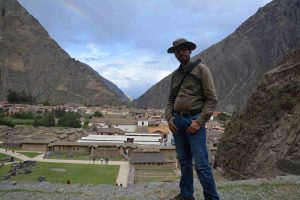
So, continuing from last week’s feature on the South American ‘Once upon a time’ series, Richa and I had now reached Cusco somehow (do read the missed flights adventure from last Sunday’s GP). After being filled to the brim on Peru’s ‘herbal’ coca tea, we had zero altitude sickness at 3400 metres and it is true that we were a lot younger back then. Today may have been a different story.

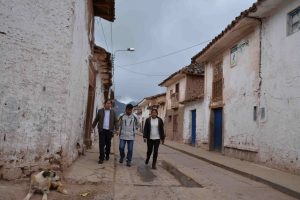
a town half plastered with salt
Cusco is the gateway to all things Incan. But besides Incan history in stone and present-day ancestry in flesh & blood, I had read about a very interesting place near Cusco where salt mining was done by the locals and they had created ‘salt terraces’, sort of like rice terraces. The National Geographic had covered this piece sometime back and the salt mine site was in Maras – a small obscure town known for these salt ponds wherein post evaporation, the locals extract their ‘white gold’. The tour driver was a bit perplexed when we requested a visit to this place but agreed to do the detour (it happens to be a popular stop now). Later he himself enjoyed the strange site, as did we.
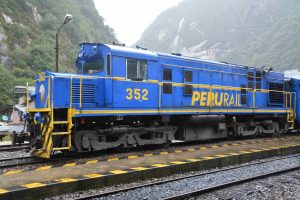
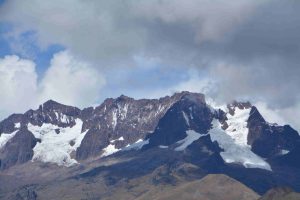
After that we visited the more known places, with the prominent one being the alien looking circular agricultural terraces of Morey and these circular terraces are best appreciated from a vantage point. We hadn’t seen anything like them before and were told that they were likely an ‘agricultural laboratory’ of sorts for the Incas. Apparently, they grew crops at different altitudes to test which grew best at a given temperature since there were significant variations in temperatures between the top and bottom of these concentric terraces. We were quite stunned at the ingenuity of this ‘new world’, as the Americas were known at the time of the arrival of the Spanish conquistadors in waves, during the great voyages of discovery, over 500 years ago. This new world was untouched by the old world of Afro-Eurasia (Africa-Europe-Asia) but was yet this advanced. A fun fact is that they didn’t have the ‘wheel’ and this missed innovation must have hampered their overall progress. One wonders where they would have reached with it.

Another fascinating precursor to the ruins of the mountain site of Machu Picchu was the ancient Incan town of ‘Ollantayttambo’ and its imposing Incan fortress. The huge stone steps were quite a struggle to climb even then, given the altitude, and I wonder how I would hold up today. And in between these fascinating sites were the dramatic views of snow-covered Andes and on a certain patch I saw a massive grey cylindrical formation in the sky where heavy rain was being dumped over a localized region of the mountains – a cloud burst perhaps but viewed from a distance for perspective.
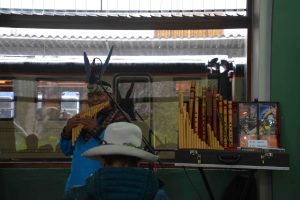
After that we realized that we were running behind schedule due to our late arrival in Cusco (from Lima), and I had to keep an eye on the watch to catch our evening train to the quaint town of Aguas Calientes, which sits at the base of Machu Picchu. The train would pass through the Sacred Valley on the Urubamba River and while the forest scenery wasn’t exceptional (the internet may say otherwise), the fact that we were in the iconic Peru Rail of the Andes was special. Peru Rail has some tracks going way up high in the mountains with the highest active track being at 4,783 metres above sea level on the Lima-Huancayo line. For the longest time, the now closed ‘La Cima’ point (4,835 meters) in Peru was the highest railway track in the world. It is only recently that China built the Qinghai-Tibet Railway line, reaching 5,072 metres at Tanggu La Pass. I guess this history was my attraction to Peru Rail and not the scenery per se. And in any case, the other option to reach Machu Picchu was a trek through the river valley and I must advise that this is the far more rewarding way to do it. It is far cheaper too, if you have the time. In my case, how I wish I had the time that a backpacker has, and not just the limited budget of a backpacker.

Pachacuteq in Cusco
And honestly, upon reaching the town of Aguas Calientes, I didn’t know what to expect next morning at the actual site of Machu Picchu higher up in the mountains. How dramatic could it really be? It was made of stone after all. Why wouldn’t it be like so many other historical monuments, some of which can be ‘monumentally’ boring too (the reason why I prefer the natural world). So that evening I carried a bit of a sour face since the weather was grim and it was raining incessantly, though not heavily. I thought that all this trouble to reach Machu Picchu would be for nothing spectacular. But as they say, it is the darkest before dawn. And so, we slept in a cozy little hut next to a babbling brook and to the pitter-patter of rain drops on the tin roof. Never have I prayed harder for the rain to stop. But would it yield to my prayers or would it ‘dampen’ the show? Machu Picchu coming up next Sunday.
(Nitin Gairola is from Dehradun and has travelled the natural world extensively and is often referred to as the ‘Most Travelled Indian’. He is on a quest to become the first person to travel to every major desert, forest, grassland, tundra & ice biome on Earth, besides every country. Nitin has set world travel records certified by India Book of Records, has written for Lonely Planet and holds National Geographic conservation certifications. He is also a senior corporate executive in an MNC and in his early days, used to be a published poet as well. More @ : www.facebook.com/ MostTravelledIndian/)

